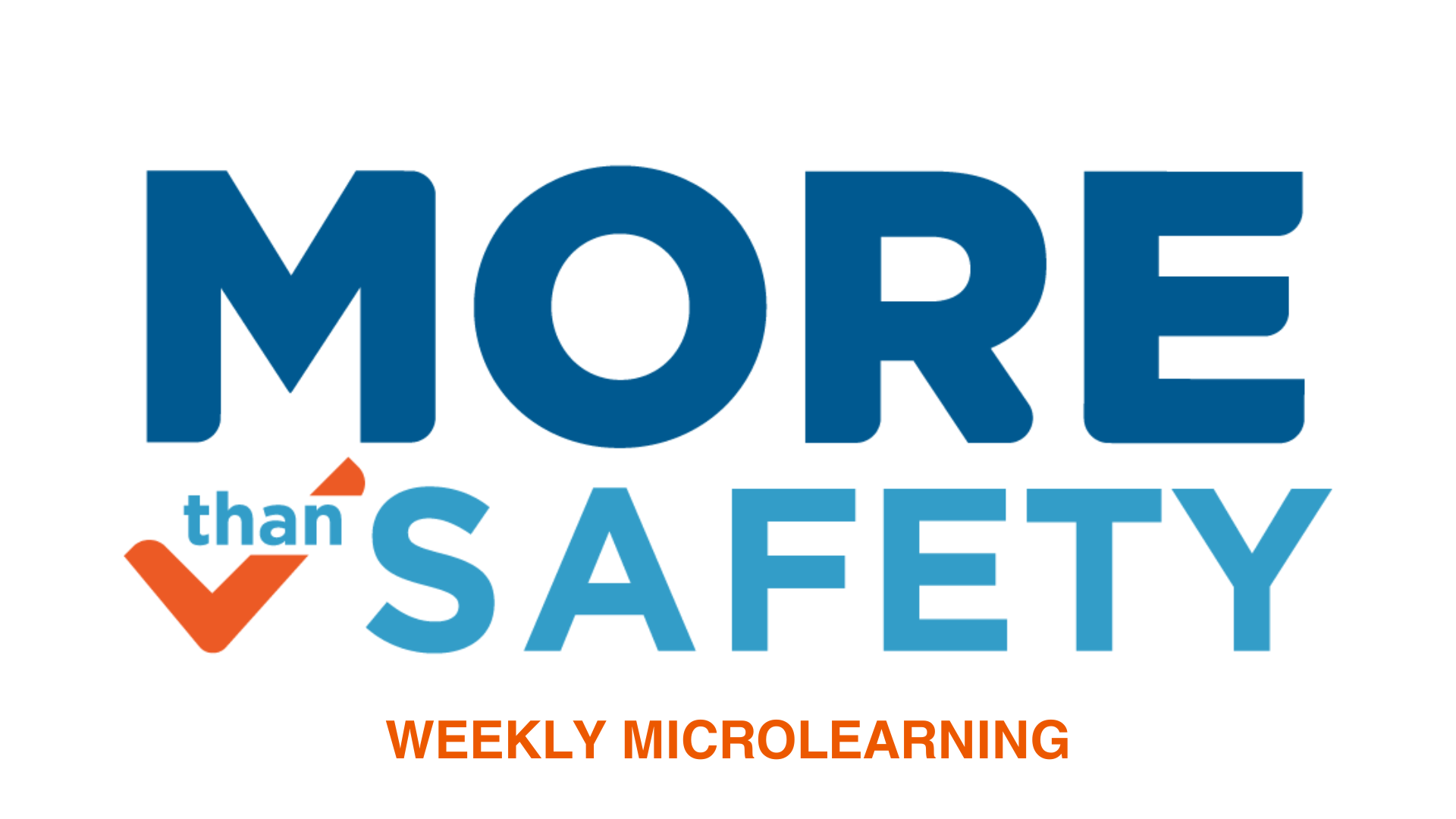Supporting the mental health of LGBTQIA+ youth

Teachers, clubs, sports, and activities can all serve as central supports and sources of connections for youth.
It is especially important to pay attention to the mental health needs of our young people at times when they may lack ready access to these resources, such as during school breaks.
If a stressor or challenge occurs during a time when a youth does not have access to routine and protective contact with supportive, caring adults and peers, it might be difficult for them to cope.
For some, holidays can be a particularly challenging time. We know that connection is a powerful antidote for isolation, so if you are concerned a young person isn't okay, ask. A genuine attempt at connection, with care and empathy, can shine a light in a dark spot for someone in these weeks.
These contacts and connections are particularly important for LGBTQIA+ youth. When thinking about supporting a young person who is part of this community, there are a few population-specific ideas.
- Listen to their individual needs and be prepared to respond accordingly, including asking about and honouring their preferred pronouns.
- Model appropriate behaviour not only with the youth you are serving but with other adults and youth you interact with.
- Keep in mind that these youth are growing and developing just like other people their age. While there are specific considerations for supporting this population, they are also still young people trying to find their way in the world and establish themselves.
Note: This is one of the More than Safety Newsletters that are shared weekly. SafeSide members in our Community of Practice have access to the full library of newsletters and resources.
